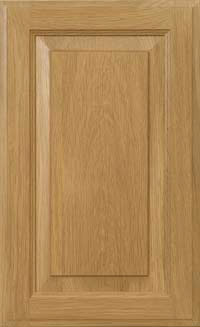White Oak
General Info and Benefits
White Oak - Quercus alba
General Description
• The sapwood is light-colored and the heartwood is light to dark brown.
• White oak is mostly straight-grained with a medium to coarse texture, with longer rays than red oak and therefore has more figure.
Physical Properties
• A hard and heavy wood with medium bending and crushing strength, low in stiffness, but very good in steam bending. Great wear-resistance.
• Since it reacts with iron, galvanized nails are recommended.
• Janka Rating System = 1360 (higher Janka rating = harder wood)
Where It Grows
• Widespread throughout the Eastern U.S.
• The white oak group comprises many species, of which about eight are commercial.
• The trees prefer rich well drained soil, and average height is 60 to 80 feet.
Relative Abundance
• 15.1 percent of total U.S. hardwoods commercially available
• Readily available but not as abundant as red oak.
Did You Know?
• Native Americans and early settlers would boil and eat white oak acorns
• White oak is impervious to liquids, and has been used extensively for ship timbers, barrels and casks.
General Description
• The sapwood is light-colored and the heartwood is light to dark brown.
• White oak is mostly straight-grained with a medium to coarse texture, with longer rays than red oak and therefore has more figure.
Physical Properties
• A hard and heavy wood with medium bending and crushing strength, low in stiffness, but very good in steam bending. Great wear-resistance.
• Since it reacts with iron, galvanized nails are recommended.
• Janka Rating System = 1360 (higher Janka rating = harder wood)
Where It Grows
• Widespread throughout the Eastern U.S.
• The white oak group comprises many species, of which about eight are commercial.
• The trees prefer rich well drained soil, and average height is 60 to 80 feet.
Relative Abundance
• 15.1 percent of total U.S. hardwoods commercially available
• Readily available but not as abundant as red oak.
Did You Know?
• Native Americans and early settlers would boil and eat white oak acorns
• White oak is impervious to liquids, and has been used extensively for ship timbers, barrels and casks.
-
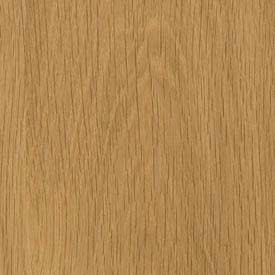 White Oak SelectWhite Oak Select normally features a straight grain pattern and coarse to medium-coarse texture and it naturally contains small, linear pores which makes it more ideal for staining instead of painting. As a Select Grade material, it will have a reduced amount of small closed knots, pin knots, color and grain variation, although some mineral streaks may be seen on the face.
White Oak SelectWhite Oak Select normally features a straight grain pattern and coarse to medium-coarse texture and it naturally contains small, linear pores which makes it more ideal for staining instead of painting. As a Select Grade material, it will have a reduced amount of small closed knots, pin knots, color and grain variation, although some mineral streaks may be seen on the face. -
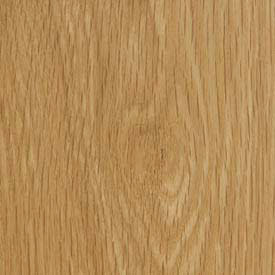 White Oak NaturalWhite Oak Natural features a coarse to medium-coarse texture and naturally contains small, linear pores which makes it more ideal for staining instead of painting. It will also have an allowance for more color and grain variation, some sap, as well as small closed knots, and pin knots.
White Oak NaturalWhite Oak Natural features a coarse to medium-coarse texture and naturally contains small, linear pores which makes it more ideal for staining instead of painting. It will also have an allowance for more color and grain variation, some sap, as well as small closed knots, and pin knots. -
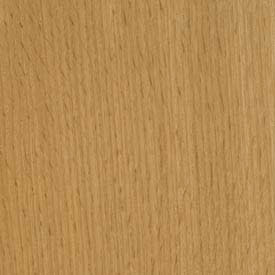 White Oak RiftRift Sawn White Oak has a straighter grain pattern than other grades of White Oak and similar to a Select Grade it has a minimal allowance for color variation, small closed knots, and pin knots.
White Oak RiftRift Sawn White Oak has a straighter grain pattern than other grades of White Oak and similar to a Select Grade it has a minimal allowance for color variation, small closed knots, and pin knots. -
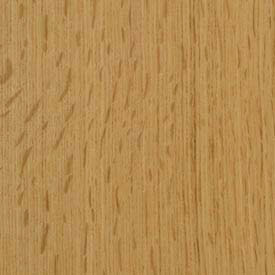 White Oak Quarter SawnQuarter Sawn White Oak possesses a straighter grain pattern and smaller allowance for color variation. In addition to its special appearance, it will have a reduced allowance for pin knots, small closed knots, and mineral streaks.
White Oak Quarter SawnQuarter Sawn White Oak possesses a straighter grain pattern and smaller allowance for color variation. In addition to its special appearance, it will have a reduced allowance for pin knots, small closed knots, and mineral streaks. -
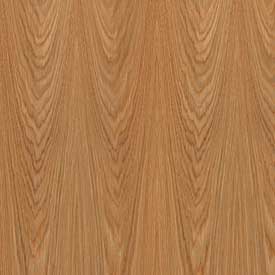 Plain Sliced White OakUtilized with Veneer Doors, Plain Sliced White Oak is similar in character to White Oak Select. This material may display more chevron or cathedral patterns in the grain, and the color is a consistent light yellow to pale brown, sometimes with a pink tint. The allowance for knots is typically reduced for veneer materials, though some mineral streaking may be visible on the face.
Plain Sliced White OakUtilized with Veneer Doors, Plain Sliced White Oak is similar in character to White Oak Select. This material may display more chevron or cathedral patterns in the grain, and the color is a consistent light yellow to pale brown, sometimes with a pink tint. The allowance for knots is typically reduced for veneer materials, though some mineral streaking may be visible on the face. -
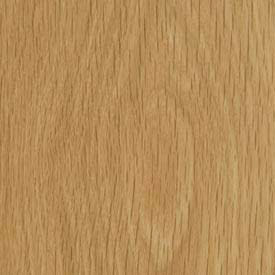 White OakWhite Oak normally features a straight grain pattern and coarse to medium-coarse texture and naturally contains small, linear pores which makes it more ideal for staining instead of painting. When used for drawer boxes, it can have a reduced amount of small closed knots, pin knots, color and grain variation, although some mineral streaks may be expected.
White OakWhite Oak normally features a straight grain pattern and coarse to medium-coarse texture and naturally contains small, linear pores which makes it more ideal for staining instead of painting. When used for drawer boxes, it can have a reduced amount of small closed knots, pin knots, color and grain variation, although some mineral streaks may be expected. -
 Rift White Oak VeneerUtilized with Veneer Doors, Rift White Oak is similar in character to solid Rift White Oak. The allowance for knots is typically reduced for veneer materials, though some mineral streaking may be visible on the face.
Rift White Oak VeneerUtilized with Veneer Doors, Rift White Oak is similar in character to solid Rift White Oak. The allowance for knots is typically reduced for veneer materials, though some mineral streaking may be visible on the face.
